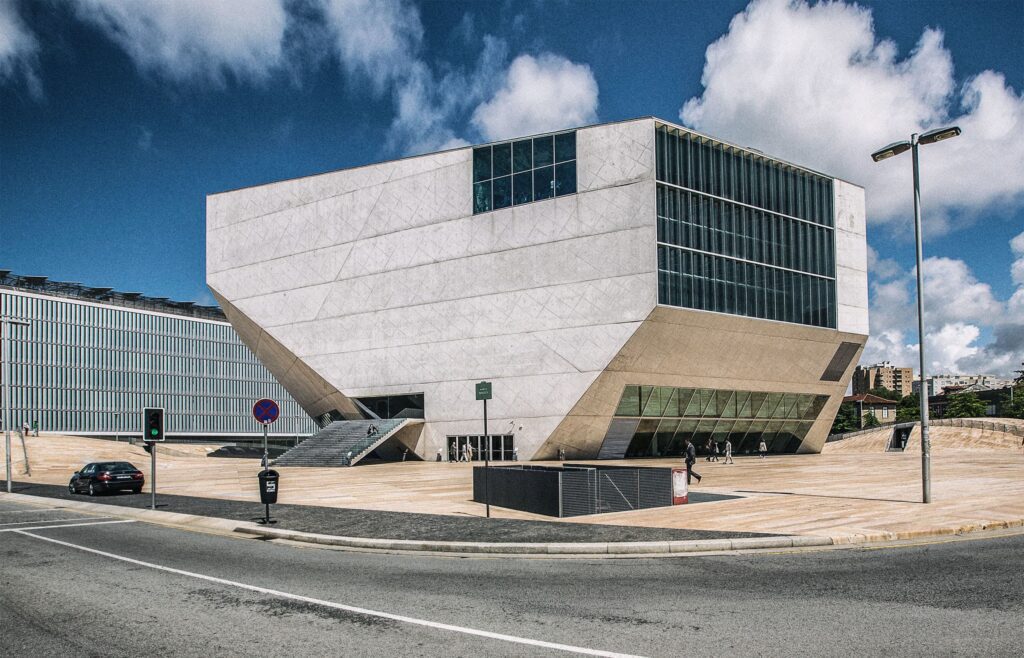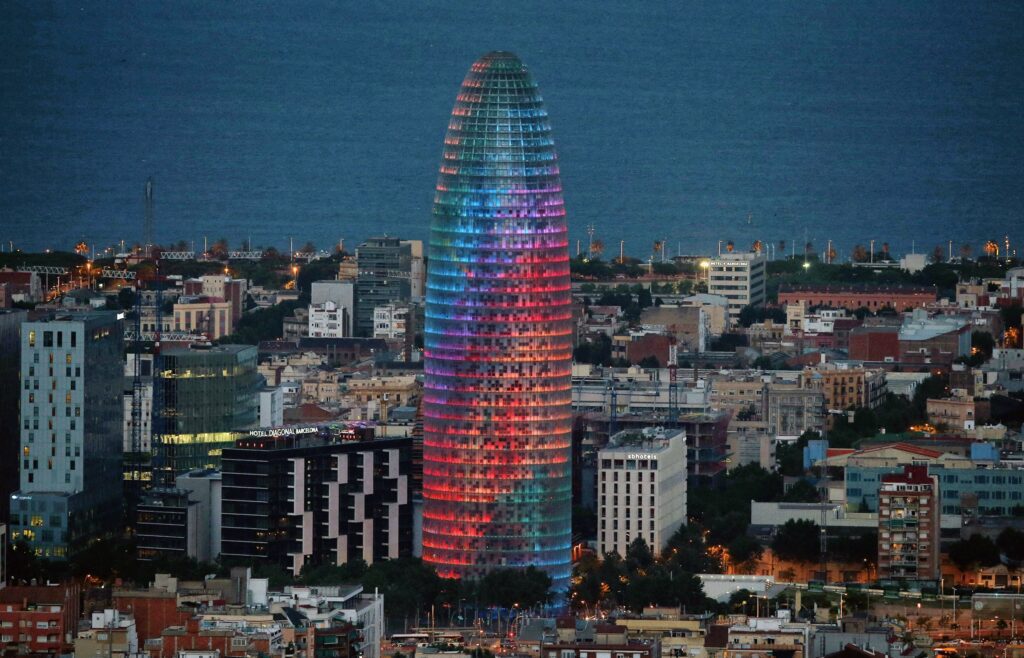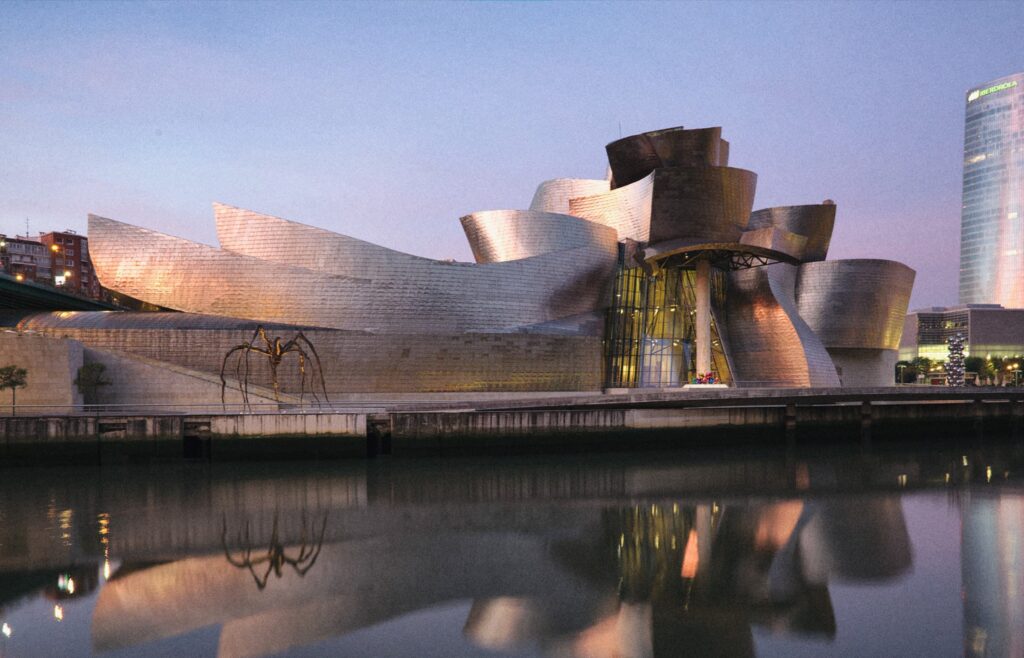Explore in this article the influence of modern art on architecture in the 21st century and how it has shaped the way we design and experiment with the spaces we inhabit.
What is modern art and what is its relationship to architecture?
Modern art refers to the forms of art and creativity that have developed from the 1950s to the present day. This art form is very different from traditional art forms, as it is characterised by experimentation and a break with established norms.
This innovative approach has had a significant impact on architecture in the 21st century, influencing the way architects conceive and create their projects.
The relationship between modern art and architecture is very close, as both disciplines share a focus on innovation and experimentation. Architects are increasingly interested in incorporating artistic elements into their projects, allowing them to create unique and memorable buildings.
At the same time, artists are exploring new ways of interacting with architectural space, creating works that challenge norms and push the boundaries of creativity.
The influence of modern art on the concept of architectural spaces
Modern art has had a significant impact on the way architects conceive and create architectural spaces. Experimentation and innovation are key characteristics of modern art, and these same characteristics are present in contemporary architecture.
Architects are incorporating artistic elements into their projects, creating buildings that not only fulfil a specific function, but are also works of art in themselves.
In addition, modern art has influenced the way architects think about space and form. Architects are experimenting with new materials and technologies, creating forms and spaces that were previously unthinkable. This allows them to create unique buildings that have a visual and emotional impact on users.
The impact of artistic expressions on building form and functionality
Modern art, whose styles include neoplasticism and deconstructivism, has had a significant impact on the form and functionality of buildings in the 21st century. One of the most influential art movements in architecture has been conceptual art, which focuses on the idea and meaning behind a work rather than its aesthetic appearance.
This has led architects to question traditional concepts of space and form in architecture and to explore new forms and functional solutions.
Another artistic movement that has had an impact on architecture is minimalist art, which is characterised by the simplification and reduction of forms and colours. This minimalist approach has resulted in buildings with simple and functional forms, which blend harmoniously into their surroundings.
In addition, modern art has also influenced the materiality of buildings.
The exploration of new materials and construction techniques in modern art has led architects to experiment with new materials in building construction, such as the use of glass and steel in the construction of transparent and lightweight facades.
How experimentation and innovation in modern art have changed the phase of design in architecture.
The ways in which modern art experiments and innovates have had a significant impact on the way in which design and conceptualisation are approached in architecture.
Throughout the 20th century, modern art has experimented with new forms, materials, techniques and concepts, and these developments have had an impact on architecture. Architects have adopted similar techniques and approaches in their projects, allowing them to create more innovative and avant-garde buildings.
Modern art has influenced thinking about the functionality and meaning of buildings. These changes have led to greater freedom in the conceptualisation and design of architecture, allowing architects to create more creative and innovative spaces.
3 examples of architectural projects influenced by modern art
The Casa da Música building in Porto, Portugal, designed by architect Rem Koolhaas and influenced by conceptual art and music.

The Agbar Tower in Barcelona, Spain, designed by Jean Nouvel and incorporating elements of pop art and digital culture.

The Guggenheim Museum Bilbao in Spain, designed by Frank Gehry and combining elements of abstract art and modern architecture.

The Interaction between Art and Architecture in the 21st Century
Today, modern art continues to have a significant influence on the fields of architecture and construction, and has allowed for greater experimentation and innovation in architectural design. The incorporation of artistic elements into architecture not only enriches the aesthetic experience of the user, but also allows for the creation of unique and personalised spaces.
Furthermore, the collaboration between artists and architects has allowed for an interdisciplinary approach in the conception of architectural projects, where aesthetics and functionality combine to create stunning works.
In conclusion, we can affirm that the interaction between art and architecture in the 21st century has been essential for the development of contemporary architecture and has allowed for the creation of innovative and meaningful spaces.

